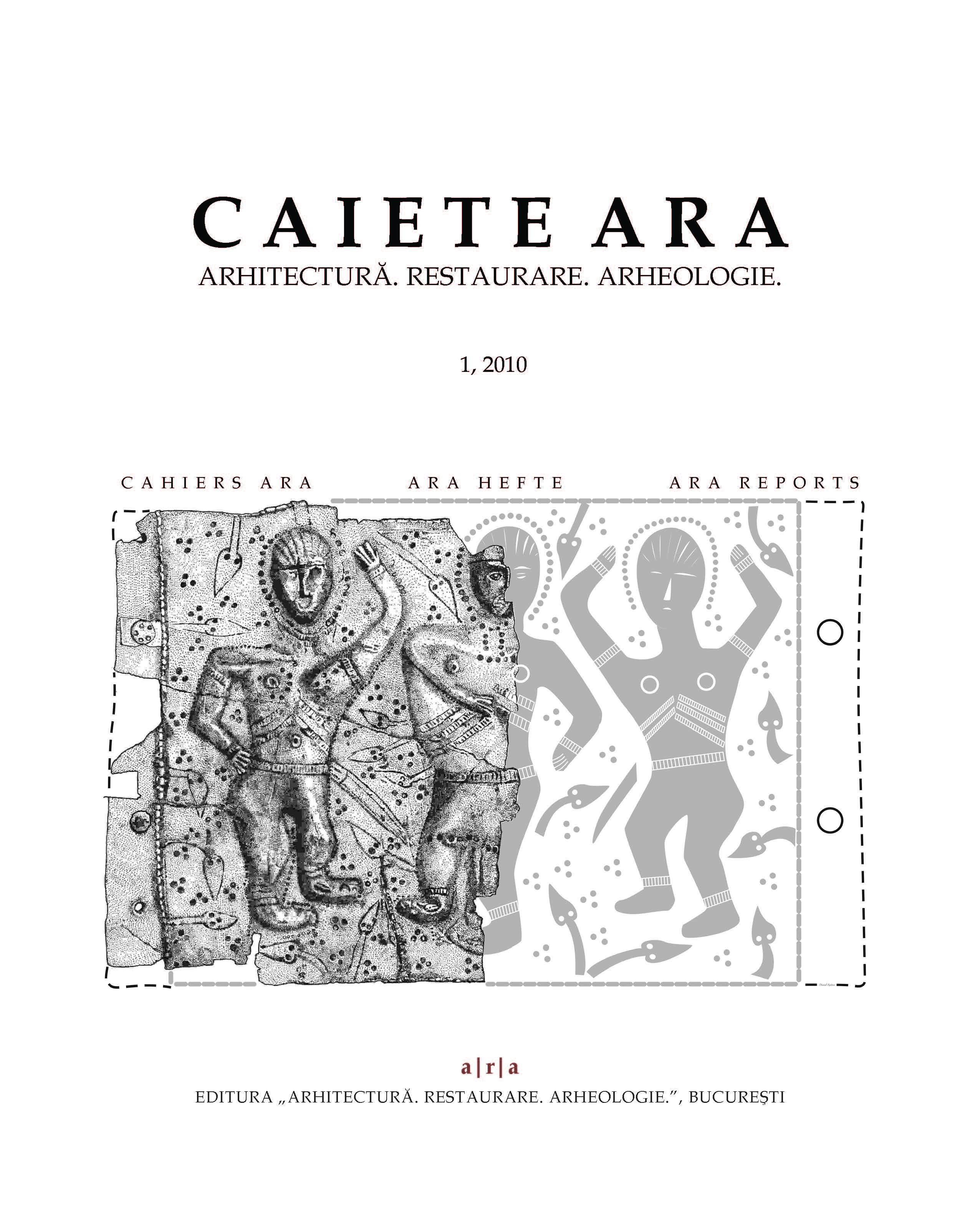Cercetare - conservare. Traseul unei vetre decorate descoperite în așezarea de epocă geto-dacică clasică de la Cârlomănești
Research - conservation. The route of a ornamented hearth discovered in the classical Geto-Dacian settlement from Cârlomăneşti.
Author(s): Despina Măgureanu, Cristina GeorgescuSubject(s): Archaeology
Published by: Editura "Arhitectură. Restaurare. Arheologie"
Keywords: Systematic excavations, Geto-Dacian classical civilization; dava-type settlement; sanctuary; decorated hearths; crust; hearth core; degradation factors; cracks; sampling methodology; facing/backing
Summary/Abstract: At the end of the 19th century and the beginning of the 20th, the archaeological sites unraveled a new category of monuments previously ignored – the ornamented hearths. Discovered for the first time in England and Ukraine, then on the current territories of Bulgaria, Romania, France, Germany, Poland, the Czech Republic and Denmark, they belong, along with some other materials, to the European material and spiritual heritage. They were made from a material that was very much at hand clay. Their polished surface was sometimes decorated with lines made through incisions or by pressing a rope into it and it consisted in squares or concentric circles, meanders; they were separated into panes and had elliptical ornaments in the corners. The context of their discovery indicates that they were used either as mere household fireplaces or in rituals. Archaeological literature provides us with an impressive amount of data regarding this subject. Things are completely different when it comes to seeing these architectural monuments in protected archaeological sites or in museums. Two decorated hearths of this kind were found in the excavations from Cârlomănești - Cetăţuia in 2004; they are monuments of the Geto-Dacian classical civilization. They were situated in two houses that are believed to have been of public use. T e plan of the buildings as well as their orientation, with the front facing North, points to a typical Geto-Dacian sanctuary. A secondary restoration and conservation project that was attached to the initial project of archaeological research allowed for one of them (Cpl. 27) to be taken, conserved and eventually exhibited. The methods used in the operation of conservation and restoration are presented in detail hoping that the archaeologists will pay more attention to these kind of monuments in the future. Due to the joint research and conservation project, the Cpl. 27 has presently joined the other monuments of its kind and may be admired or studied in Buzău County Museum (Muzeul Judeţean Buzău).
Journal: Caiete ARA
- Issue Year: 2010
- Issue No: 1
- Page Range: 25-36
- Page Count: 12
- Language: Romanian
- Content File-PDF

